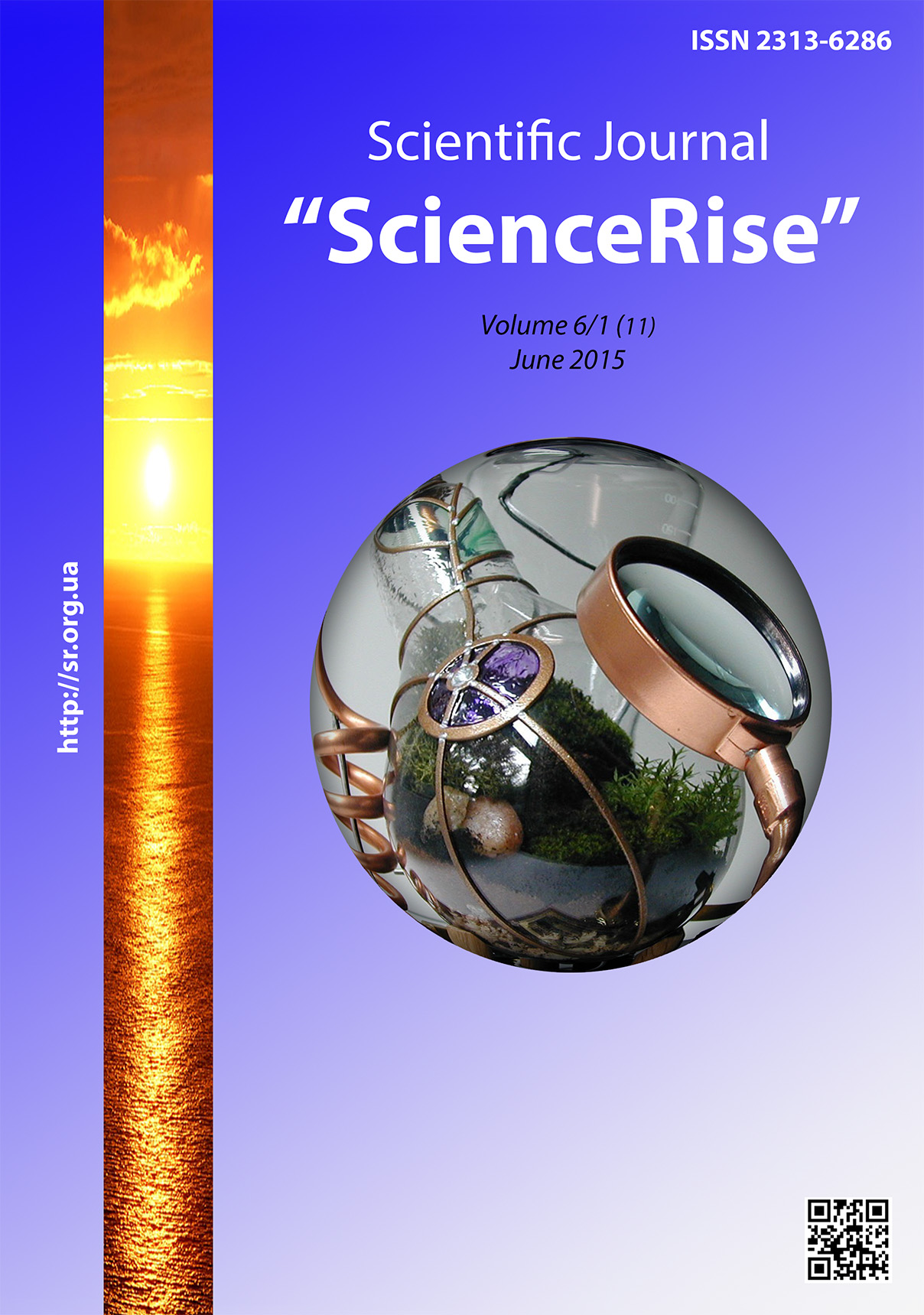Implemention of integrated courses at health protection teaching environment of the primary school
DOI:
https://doi.org/10.15587/2313-8416.2015.44831Keywords:
health protection teaching environment, natural scientific knowledge, integrated learning, integrated lessons, pupils' health, environment of lifeAbstract
It is reported about feasibility of implementing an integrated natural competent course "Environment" in the educational process of the school, the need for implementation of integrated lessons of health protection teaching environment at the school. Attention is drawn to conducting integrated lessons in the open air, including lessons in nature, in the green class. Experience of implementing natural competent course "Environment" in schools of Poltava is considered
References
Bazarniy, V. (2013). Healthy Deti - buduschnost nation! Narodnoe education, 2, 15–21.
Vashchenko, O., Sviridenko, S. (2006). Zdorov`yazberihayuchi technology in schools. Headmaster, 20, 12–15.
Goose, С. (2004). Theoretical and methodological bases of formation of students' knowledge about the integrity of nature. Poltava: Environment-K, 472.
Ilchenko, V., Goose, C. (1999). Educational program "Environment": Conceptual Foundations content integration science education. Kiev; Poltava: POIPPO, 123.
Kozak, I., Kozak, N. (2012). Еfficiency zdorov'yazberezhuvalnyh implementation of educational technologies (for example CEI m. Kremenchuk and Kremenchuk, Poltava region). Postmetodyka, 5, 18–25.
Komendar, V. (1994). Problems of environmental education youth teach. guidances. Uzhgorod: VVK "Patent", 15.
Podhornaya, O. (2005). Designing zdorovesberehayuscheho of space obscheobrazovatelnoy school funds personality-oriented education. Tiraspol, 211.
Downloads
Published
Issue
Section
License
Copyright (c) 2015 Надія Іванівна Шиян

This work is licensed under a Creative Commons Attribution 4.0 International License.
Our journal abides by the Creative Commons CC BY copyright rights and permissions for open access journals.
Authors, who are published in this journal, agree to the following conditions:
1. The authors reserve the right to authorship of the work and pass the first publication right of this work to the journal under the terms of a Creative Commons CC BY, which allows others to freely distribute the published research with the obligatory reference to the authors of the original work and the first publication of the work in this journal.
2. The authors have the right to conclude separate supplement agreements that relate to non-exclusive work distribution in the form in which it has been published by the journal (for example, to upload the work to the online storage of the journal or publish it as part of a monograph), provided that the reference to the first publication of the work in this journal is included.

